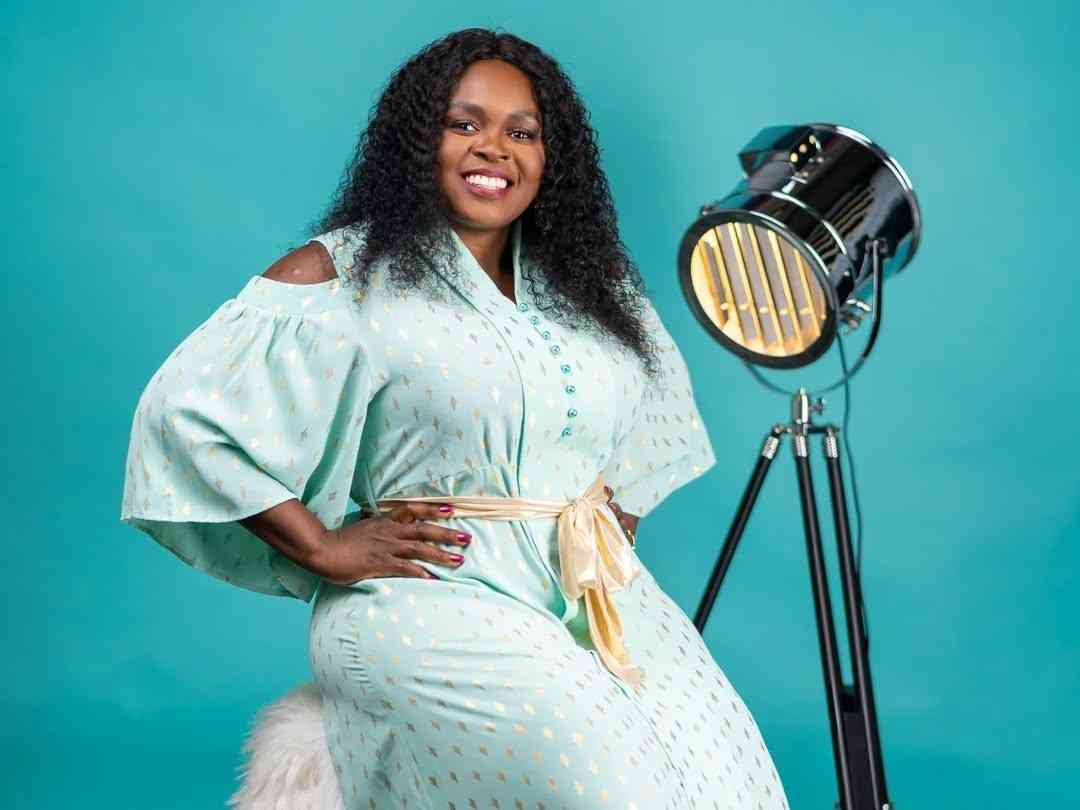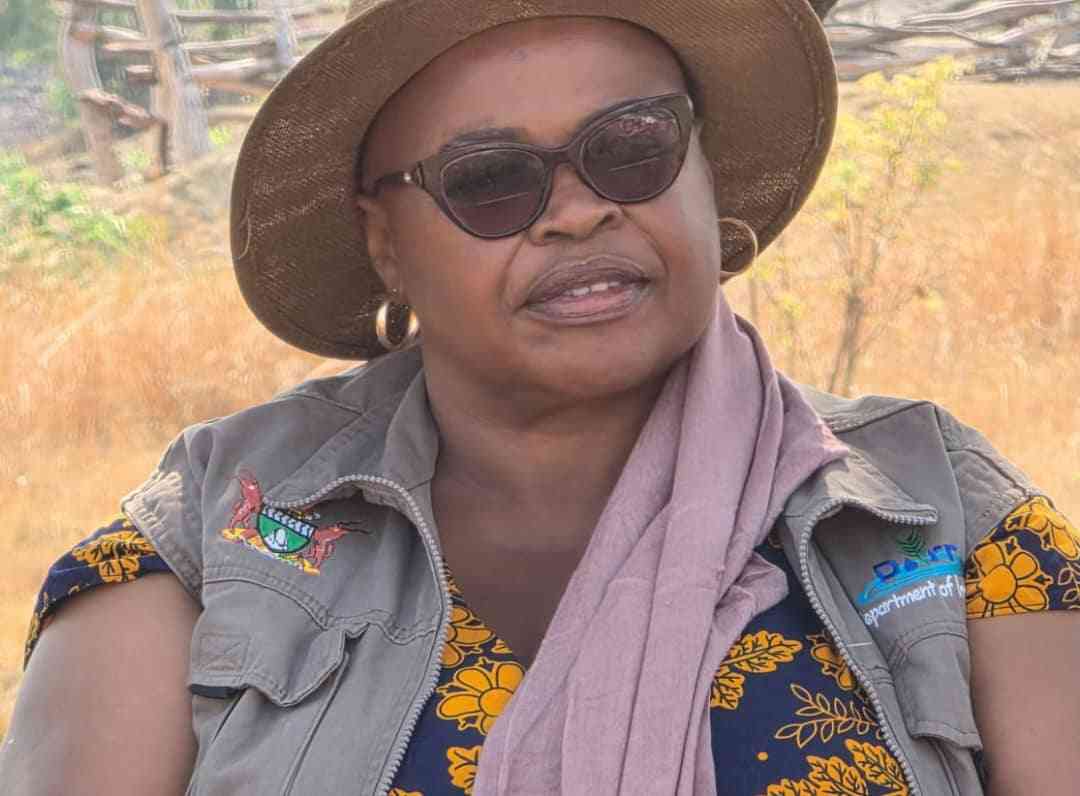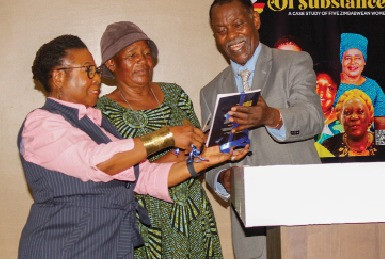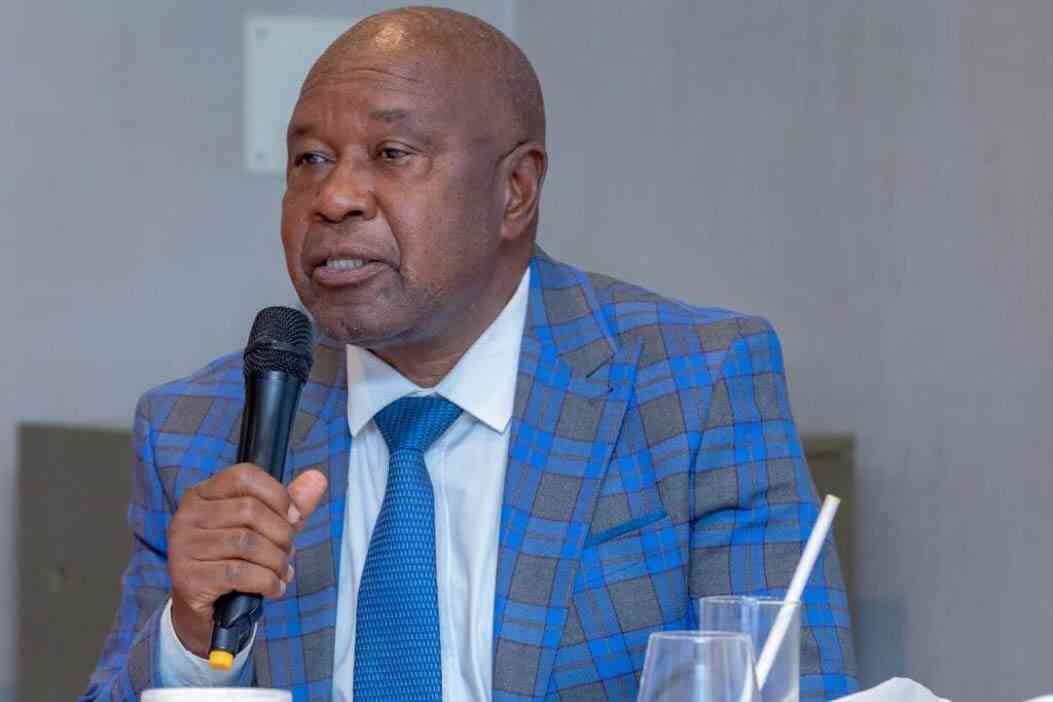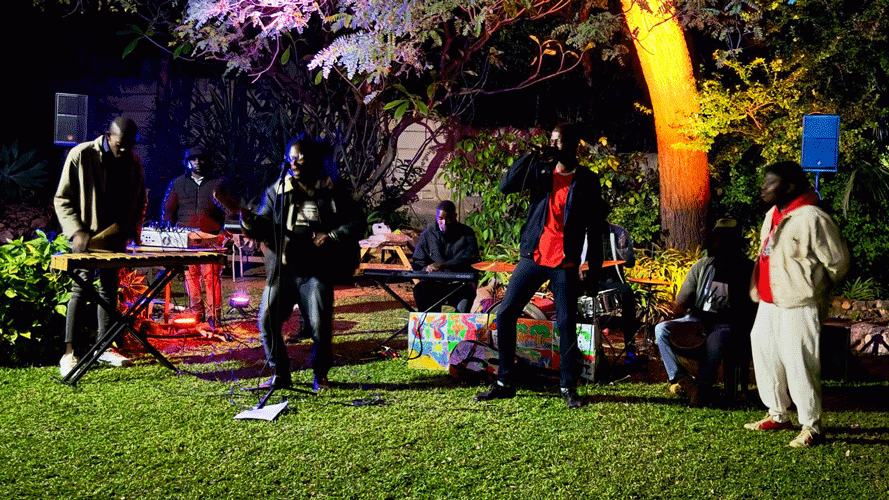
There are moments in the arts sector when performance transcends the aesthetic and becomes a revolutionary gesture.
In the Seen, Spoken, and Sung the latest showcase by Indebo Edutainment Trust with the support of Alliance Francais in Bulawayo was one such moment.
This was not a spectacle for applause, but a convergence of creative forces: a collision of movement, rhythm, voice, and presence that refused to be easily categorised. It was art as an uprising, and collaboration of song, dance, rap and poetry as counter-narratives.
A performance which is a collaboration of poets, dancers, and other musicians results in a chorus of differences, which rewrites what it means to belong in Zimbabwe’s artistic landscape.
Staged on May 16 during the Culture Month, the showcase did more than celebrate heritage and also expanded it. In a society where the arts sector often remains segmented by genre, ability, status, or access, Indebo’s decision to build a multi-sensory, multi-voiced performance featuring poets, rappers, dancers, musicians, educators, and differently-abled creatives felt both radical and necessary.
At a time when the nation is called to reflect on who we are, and who we are becoming, the Seen, Spoken, and Sung performance offered a powerful reminder: Culture is not static, it evolves through inclusion, and it flourishes through courageous collaboration.
“We are not just collaborating to entertain,” Trevor Mthimkhulu, a decolonial poet known as Mvelonyana Ka Ntu said. “We are challenging the systems that have historically excluded some voices from certain narratives. When art is shared, it becomes a force of healing and remembrance.”
Mthimkhulu’s voice, soaked in ancestral cadence, underscores the ideological heartbeat of the event. His performance was reclaiming and his energetic dances on stage brought energy to the event. It reminded the small but appreciative audience that art is a site of memory often buried within, and that collaboration, when rooted in justice, becomes an assertive act.
- Edutainment mix: The art of collaboration is better than competition
- Edutainment mix: The artist in the child policy formulation context
- Edutainment mix: The artist in civic education
- Edutainment mix: Debunking creative leadership
Keep Reading
Here, diversity was not decorative. It was deliberate.
Take Kimoe Buck Diaries, an illusionist dancer who also performed at the event used his body movements to tell stories where words dissolved. Infusing traditional rhythms with surreal abstraction, Kimoe transformed the stage into a shifting dreamscape part ritual, and part rebellion.
“Dancing next to poets and musicians forced me to think beyond choreography,” he said. “It became storytelling through movement.”
But Kimoe wasn’t alone in this kinetic dialogue. He was flanked by another dancer, Paige, whose background in ballet and experimental movement brought a contrasting delicacy refined yet disruptive. Her command of form and stillness created visual punctuation marks amidst the chaos. Together, they stitched a narrative of contradiction and harmony.
Their bodies spoke in counterpoint: Paige’s balletic grace and abstract form met Kimoe’s illusion-driven fluidity and ancestral footwork, creating a choreography that defied linear time.
It was as if tradition had met the future and decided to dance instead of fighting.
Their movements threaded the visceral with the metaphysical. The layered interactions between their physical storytelling and the surrounding spoken word created a language beyond language — a sensuous dialect of breath, gesture, and intention. The audience was not just witnessing dance. They were decoding a shared memory one born from the collective subconscious of a people seeking healing through expression.
Keyboardist Madodana Ndebele, whose fingers moved like conversation, offered this insight: “Playing with artists from different backgrounds deepened my appreciation of Zimbabwe’s musical heritage and how it can blend with new influences. It is a dialogue that keeps music alive.”
And that dialogue reverberated throughout the room. It was not about assimilation, but about synthesis retaining distinct artistic identities while creating something entirely new. That was the pulse of this creative uprising: a refusal to flatten difference, and instead, to amplify it.
At the centre of this mosaic was inclusion. True inclusion not tokenism, not charity but unapologetic presence. Future Khumalo, a music teacher at Mhali primary school said: “These collaborations give my music students hope. They see that difference is not a barrier to expression, but the very source of it.”
Khumalo’s statement reframes it as a source of sound, of insight, of rhythm. What Indebo Edutainment Trust offered was a platform where being different wasn’t a deviation from the norm; it was the norm.
Rapper Neldezah echoed this ethos of unity in difference:
“There’s power in standing beside a poet, a dancer, a musician, and all of them telling one story in different tongues. It makes the message louder, and the mission stronger.”
His lines are sharp, rhythmic, unbending and they cut through the air, challenging the crowd to question what gets heard and who gets left behind. His collaboration was not just artistic, it was strategic, and it built resonance.
Singer and performer Simphiwe 'Simz' Masuku described the performance more emotionally:
“There was a rawness on that stage. You felt it in your bones. It was not about perfection it was about connection.”
Masuku’s words remind us that vulnerability is perhaps the most radical form of resistance in a world obsessed with perfection. On that stage, imperfection was authenticity, and authenticity was magnetic.
Mpumelelo Ngwenya, a singer known as Dolleentee, offered a perspective grounded in sustainability:
“What Indebo Edutainment has done is build a blueprint. One that says we can grow together. This is how you create an ecosystem, not just an event.”
And therein lies the deeper lesson: the Seen, Spoken, and Sung was not merely a show, it was a model. It was a call to reimagine the arts as a network of interdependence, where competition is replaced by kinship, and creativity becomes a community resource rather than a personal brand.
Then there was Siyamdumisa Ndlovu, better known in the studio booths as “Siya P” — a music producer whose hands usually craft beats behind the scenes. But on this stage, he stepped from the decks into the spotlight, wielding not only drums but rap verses.
“Being on the stage and feeling the vibration of the drum under my palms, and then spitting bars right after it was a whole new dimension of presence,” Siya P reflected. “I wasn’t hiding behind a track. I was the track.”
*Read more on www.thestandard.co.zw
*Raymond Millagre Langa is a musician, poet, orator, independent researcher and founder of Indebo edutainment Trust. You can follow on Facebook @Millagre Ray Langa, on X you can follow on #Millagre Langa, email. [email protected] or [email protected]
His percussion pulsed with primal energy, creating a backbone for the performance that was both grounding and provocative.
But it was his transition from rhythm-maker to wordsmith that revealed a deeper truth: collaboration had awakened a new creative voice in him - one not confined to binary roles of producer or performer. It symbolized the tearing down of silos that often restrict artists to a single lane. Siya P’s presence on stage was not only sonically essential—it was symbolic of a generation of artists who refuse to be boxed in. His voice, emerging from the beat, reminded the audience that creation is fluid, and artistry is not a category but a continuum.
Indebo Edutainment Trust did more than curate a performance; they sparked a quiet revolution. In a creative landscape still shaped by gatekeeping and silences too long endured, they carved space for the overlooked to be seen, the unheard to speak, and the uncelebrated to rise in rhythm.
A Chorus of Difference is not just a phrase. It is the slow, deliberate tuning of a new frequency where art is not performed for perfection, but lived for connection, where difference is not a rupture, but a resonance. And where silence is not broken by noise, but softened open by vision.
This is how the future sings: not in unison, but in layered harmonies—each voice distinct, yet echoing one another in the sacred dance of becoming.

